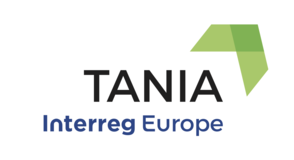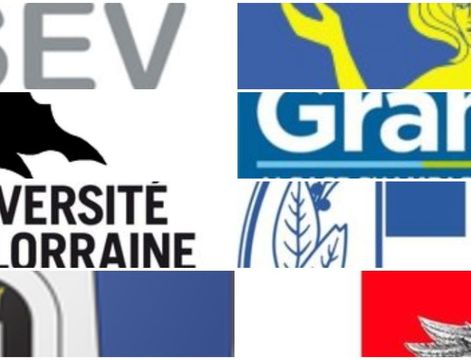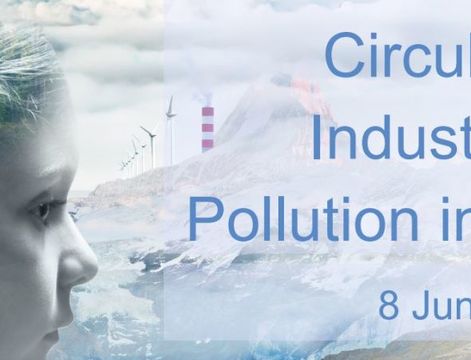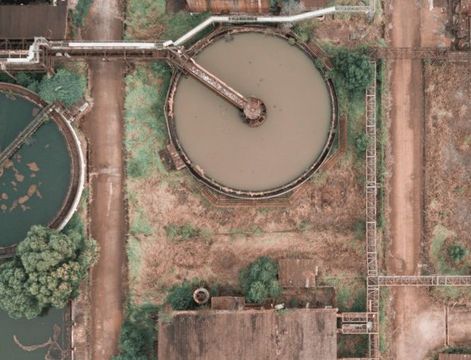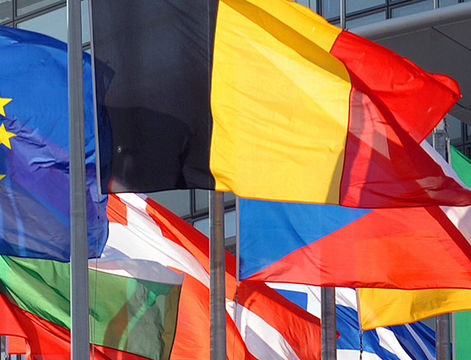In Tuscany, we have two policy improvements already approved.
One concerns the strategic focus on the Regional Smart Specialisation Strategy (RIS3). In 2018, the Tuscan Managing Authority (MA) launched a participatory process to review and update the RIS3 and to identify technological roadmaps and priorities. TANIA Lead Partner ASEV, managing entity of the regional Technological District for Advanced Materials, coordinated the review in the area of new materials. Input from TANIA interregional exchange and good practices from Greece, France and Finland were used as inspiration. As a result, one of the approved roadmaps is “Technologies and materials for environmental remediation”. The updated RIS3 now automatically applies to all ERDF calls.
So that’s already an amazing result….but our partners didn’t stop there. They have also improved the Regional Strategy for Industry 4.0 through the signing of a Memorandum of Understanding for the creation of a regional laboratory for experimental treatment of contaminated soils and sediments through innovative remediation techniques. The MoU was signed in September 2019. With it, a group of key stakeholders, led by the Regional Government, commit to transferring similar experiences from Finland and France to Tuscany. Interreg Europe has also financed a Pilot Action, to test creation of a “mini-laboratory”.
In Paijat-Hame, regional stakeholders have come together to make change happen with a new project on innovative remediation techniques.
A call related to “Developing research and innovation concentrations based on regional strengths” was launched within the ERDF 2014-20 Programme in March 2019. The proposal, NANORAUTA, was designed to increase remediation know-how and support SMEs in remediation sector identifying bureaucratic bottlenecks and piloting new methods: nano-iron and DC enhanced bio-stimulation. It took inspiration from interregional learning in TANIA, with ideas being transferred from France, Hungary and Italy. The project was approved in June 2019 and is now running, with lab and on-site testing of the methods. Meanwhile, the regional government is monitoring to see if lessons learnt from this project can be mainstreamed.
In Baranya County, TANIA partner has worked with the National Ministry for Environment to integrate a running pilot project with innovative remediation techniques.
The Environmental and Energy Efficiency Operational Program (EEEOP) had funded a large scale pilot for soil remediation. However, this project was based on traditional remediation methods. Thanks to TANIA, for example, the NANOBOND good practice from Tuscany, the managing authority decided that innovative technologies should be tested. Given that compliance of the new technologies must be verified, the pilot tests including novel technics play an important role in this process. The tests were carried out between July and November 2019, and the evaluation of their effectiveness is in progress.
Monitoring of these policy improvements is ongoing, so watch this space to find out more!
